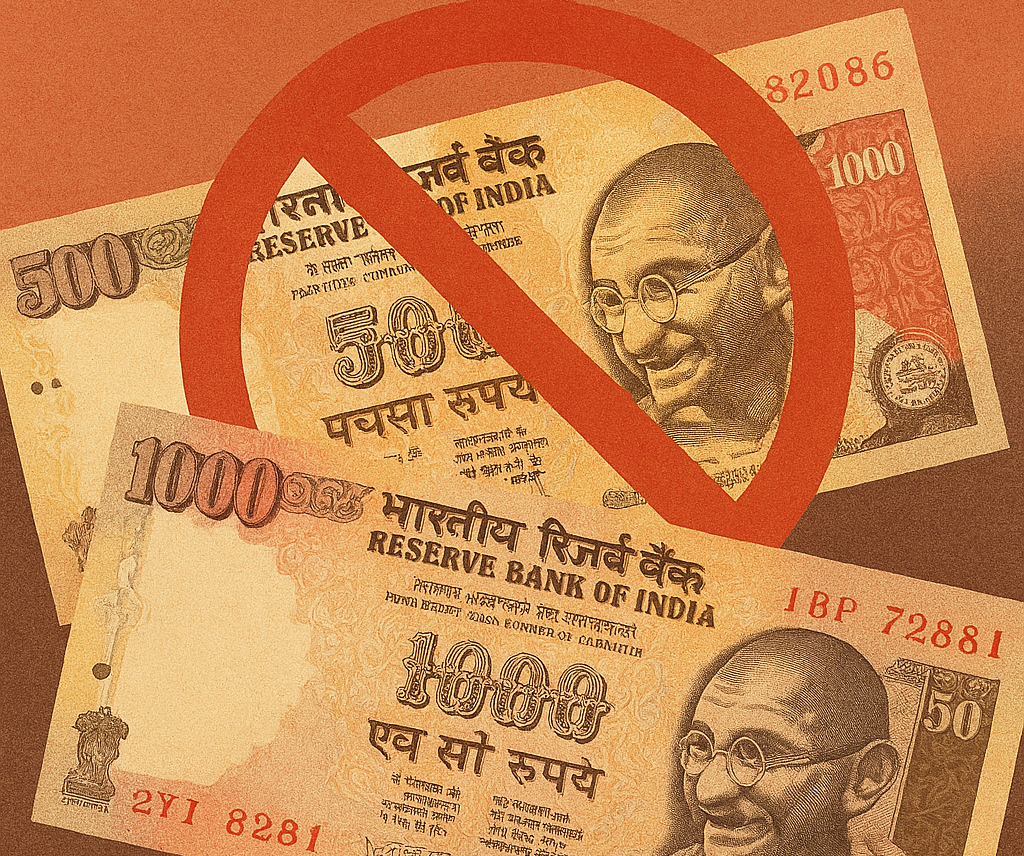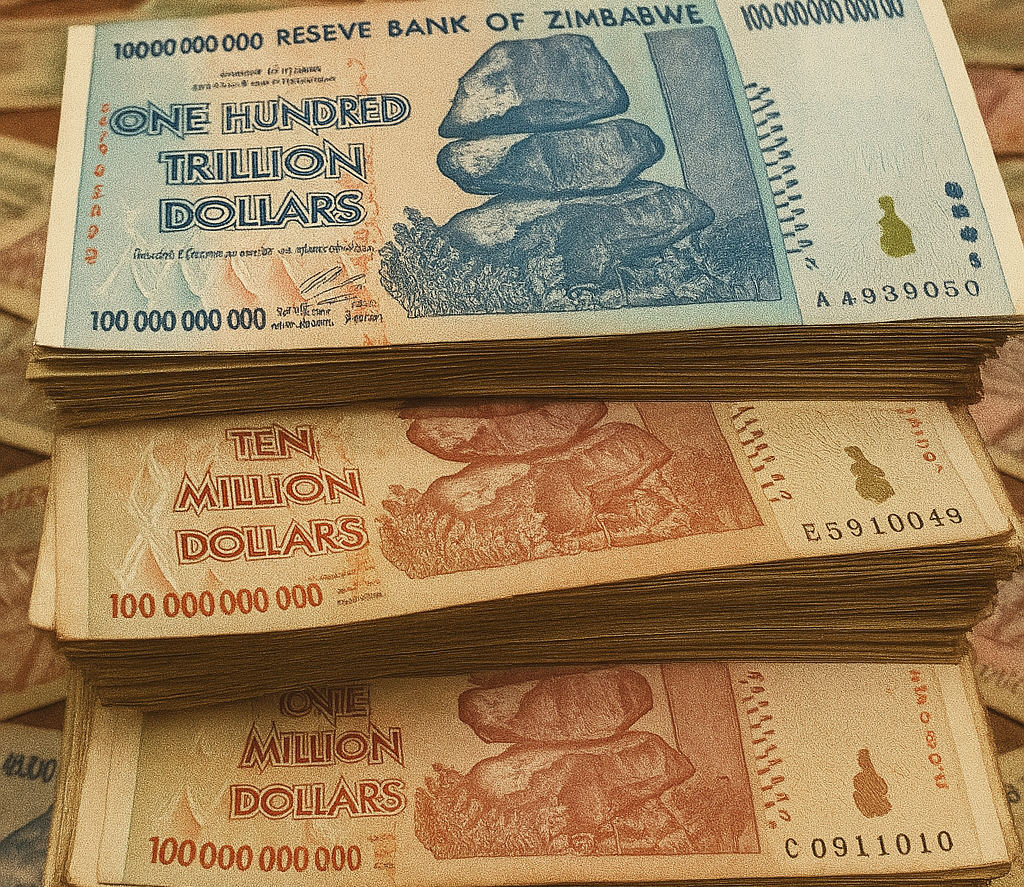
Imagine you and your neighbor both want to repaint your houses. You prefer red, they prefer blue. But here’s the twist: your neighbor insists that you not paint your house red—because it bothers them. Should they have the right to dictate your choice? On the surface, both individuals are acting freely, but their freedoms start to interfere with each other. This is the essence of Sen’s Liberal Paradox: the idea that giving people individual freedoms can sometimes clash with creating the fairest or most desirable outcome for everyone.
This paradox was introduced by Nobel Prize-winning economist Amartya Sen in 1970. In his paper “The Impossibility of a Paretian Liberal,” he mathematically proved that in some situations, it’s impossible to design a system that respects both individual liberty and Pareto efficiency—a situation where no one can be made better off without making someone else worse off. In other words, you can’t always have both total freedom and perfect fairness. Something has to give.
Here’s a more everyday example: Suppose a married couple is choosing what movie to watch. The wife strongly dislikes horror and the husband strongly dislikes musicals. They both prefer watching something over watching nothing. If each person has the right to veto one genre, they might end up watching nothing at all—despite both preferring to watch something. Their individual rights lead to a worse overall outcome. That’s Sen’s paradox in action.
This paradox matters because it challenges how we design systems like democracies, legal rights, or economic policies. It’s not just a philosophical puzzle—it’s a real-world issue when we try to balance personal freedom (like choosing your job, your religion, or your lifestyle) with what’s best for society as a whole. It also raises tough ethical questions: Should some personal freedoms be limited for the greater good? Or should fairness be sacrificed to protect liberty?
Sen didn’t claim to have a one-size-fits-all solution. Instead, his paradox forces us to think more carefully about how we define freedom and how we weigh it against other values. It reminds us that sometimes, even well-intentioned policies come with difficult trade-offs.
RELATED POSTS
View all


